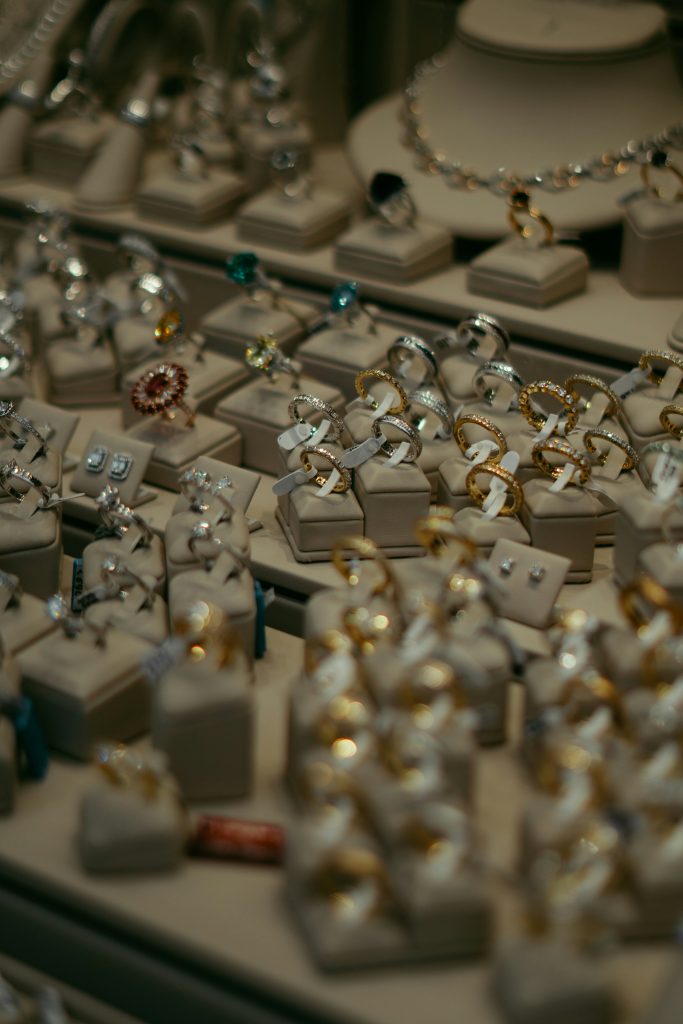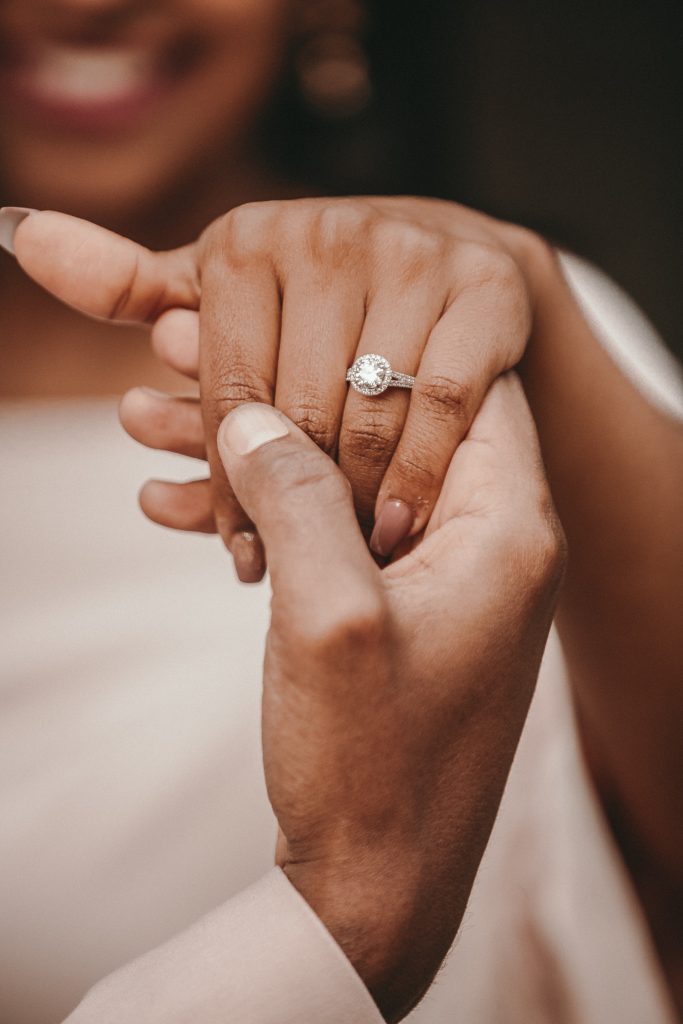The Purpose and Importance of Diamond Appraisals
For anyone considering selling a diamond, obtaining a professional appraisal is one of the most essential first steps. A diamond appraisal provides an expert valuation of the stone’s characteristics and market worth, helping sellers understand the potential value of their asset. This document is not only useful for insurance purposes but also critical when setting a competitive and fair price in the resale market. Without a valid appraisal, sellers risk underpricing their diamond or misrepresenting its quality, which can undermine credibility with buyers. It also helps bridge the knowledge gap between laypersons and professionals in the jewelry trade, ensuring transparency and trust. Appraisals provide peace of mind by validating the specifications of the stone—such as carat weight, cut quality, clarity, and color—that may not be immediately visible to the untrained eye. Ultimately, an appraisal empowers the seller with information that can lead to more informed negotiation, stronger positioning, and a more confident sales experience.

The Appraisal Process: How It Works
Understanding how the appraisal process works can help sellers prepare their diamond for a thorough and accurate evaluation. Typically conducted by a certified gemologist or an accredited jewelry appraiser, the appraisal process involves a detailed physical examination of the diamond using specialized tools like a jeweler’s loupe, microscope, and grading instruments. During this evaluation, the appraiser assesses the diamond according to the globally recognized 4Cs—carat weight, color, clarity, and cut—along with additional features such as fluorescence, symmetry, and polish. The setting (if the diamond is mounted in a piece of jewelry) is also considered, as it can influence overall value. Appraisers often consult pricing databases, market trends, and wholesale listings to determine a fair market value or retail replacement value. It’s important to note that these values are not always the same; the appraisal value may differ from what a seller can realistically expect to receive on the secondary market. Sellers should ensure that the appraiser provides a written, signed report on professional letterhead, as informal evaluations may not hold up in a sales context.
Types of Diamond Appraisals: Which One Do You Need?
Not all diamond appraisals serve the same purpose, and sellers should be aware of the differences to ensure they are obtaining the right type for their needs. The most common types include insurance appraisals, fair market value appraisals, liquidation appraisals, and replacement value appraisals. An insurance appraisal is typically inflated to reflect the cost of replacing the diamond with a similar item from a retail jeweler, which is often higher than the resale value. A fair market value appraisal, by contrast, estimates what a willing buyer and seller might agree upon in an open market, making it more suitable for resale scenarios. Liquidation appraisals are used in urgent sale situations, such as estate liquidations or bankruptcies, and reflect the lowest expected return. Each appraisal type uses different methodologies and pricing structures, so it’s crucial to communicate your intent with the appraiser before the evaluation begins. Choosing the correct type ensures the resulting value aligns with your goals, whether that’s selling, insuring, or settling an estate.
Who Should Perform the Appraisal? Credentials and Red Flags
Selecting a qualified professional to appraise your diamond is just as critical as the appraisal itself. A credible appraiser should hold certifications from recognized institutions such as the Gemological Institute of America (GIA), American Gem Society (AGS), or National Association of Jewelry Appraisers (NAJA). These certifications signal that the appraiser adheres to strict ethical standards and has undergone rigorous training in gemology and valuation practices. Be cautious of appraisers who offer “free” evaluations in exchange for a purchase commitment, as this can indicate a conflict of interest. Similarly, avoid any appraiser who refuses to provide a detailed written report or one who uses vague grading terminology not aligned with GIA or AGS standards. It’s also advisable to verify whether the appraiser operates independently or is affiliated with a jewelry store or buyer, as this can affect objectivity. Transparency, professional accreditation, and clear communication are key indicators that you’re working with a trustworthy expert capable of delivering an accurate and unbiased appraisal.

Appraisal Value vs. Resale Value: Understanding the Discrepancy
One of the most important distinctions for sellers to grasp is the difference between an appraisal value and the actual resale value of a diamond. Many first-time sellers are surprised to find that the amount stated in an appraisal, particularly an insurance or replacement appraisal, is significantly higher than what a buyer might offer on the open market. This discrepancy stems from the fact that appraisal values often reflect retail prices at high-end jewelry stores, which include markups for brand, design, marketing, and overhead. In contrast, resale value is influenced by what secondhand dealers, private buyers, or pawn shops are willing to pay—usually a percentage of the retail price, often 30% to 50% or even less depending on demand. Understanding this gap is crucial to setting realistic expectations and avoiding disappointment. Sellers should request a fair market value appraisal if their goal is to sell, as it provides a more accurate benchmark for negotiations and can help in evaluating offers from prospective buyers or platforms.
How Market Conditions Affect Diamond Value
Diamonds, while considered stable assets by many, are still subject to fluctuating market forces that can significantly affect their value. Global supply and demand, economic conditions, currency exchange rates, and changes in consumer preferences all play a role in pricing. For instance, shifts in the popularity of lab-grown diamonds have impacted demand for certain natural diamonds, particularly smaller or lower-grade stones. Similarly, economic downturns may reduce discretionary spending, making luxury goods like diamonds harder to sell at premium prices. Seasonal trends also influence demand; for example, the market often sees increased activity around engagement seasons such as winter holidays and Valentine’s Day. Moreover, geopolitical factors affecting diamond-producing regions—such as sanctions on Russian diamonds—can influence supply levels and price stability. Sellers should be aware of these dynamics and consider timing their sale accordingly. Consulting with appraisers or diamond market analysts can provide insights into whether it is an optimal moment to list or if waiting might yield a better return.
Preparing Your Diamond for Appraisal and Sale
To maximize both the accuracy of the appraisal and the appeal of your diamond to potential buyers, preparation is key. Begin by ensuring the diamond is professionally cleaned, as residue, dirt, or oil can obscure important characteristics and reduce visual appeal. If the diamond is part of a jewelry setting, inspect it for damage or loose prongs that may need repair to present the piece in its best condition. Gather any documentation you may have, such as original receipts, previous appraisals, or grading certificates from labs like GIA or AGS. These can add credibility and potentially increase value, especially if the documentation verifies high-quality characteristics. When meeting with an appraiser, be transparent about the diamond’s history and condition. After the appraisal, consider photographing the piece under good lighting to use in listings or communications with buyers. If you’re selling online, writing a clear and honest product description that aligns with the appraisal can help build trust and reduce the likelihood of disputes.
Common Mistakes Sellers Make—and How to Avoid Them
Many sellers make avoidable errors that can either delay the selling process or reduce the final payout. One frequent mistake is overvaluing the diamond based on sentimental attachment or retail purchase price, leading to unrealistic pricing expectations. As discussed earlier, resale value differs from purchase or appraisal value, and failing to account for that can lead to prolonged listings or rejection from buyers. Another mistake is skipping the appraisal altogether or relying on informal evaluations from unqualified individuals, which can result in undervaluing or misrepresenting the stone. Additionally, some sellers attempt to sell directly to retail buyers without sufficient knowledge of the market or legal protections, which increases the risk of fraud. Not researching potential buyers or marketplaces is another pitfall, as it can expose sellers to scams or unfavorable terms. Sellers should take the time to understand their diamond’s characteristics, verify buyer credibility, and clearly document all communications and transactions. Avoiding these common mistakes not only helps ensure a smoother sale but can also lead to a higher and more justifiable return.
Conclusion: Informed Sellers Make Smarter Sales
Selling a diamond can be a profitable endeavor if approached with the right knowledge and preparation. A professional, purpose-appropriate appraisal lays the foundation for understanding the stone’s value and the conditions that affect it. By distinguishing between appraisal types, working with certified professionals, staying attuned to market trends, and avoiding common errors, sellers can significantly improve their chances of a successful sale. Whether you’re liquidating an asset, passing on an heirloom, or simply trying to convert your diamond into cash, understanding the appraisal process is key to navigating the resale market with confidence and clarity.